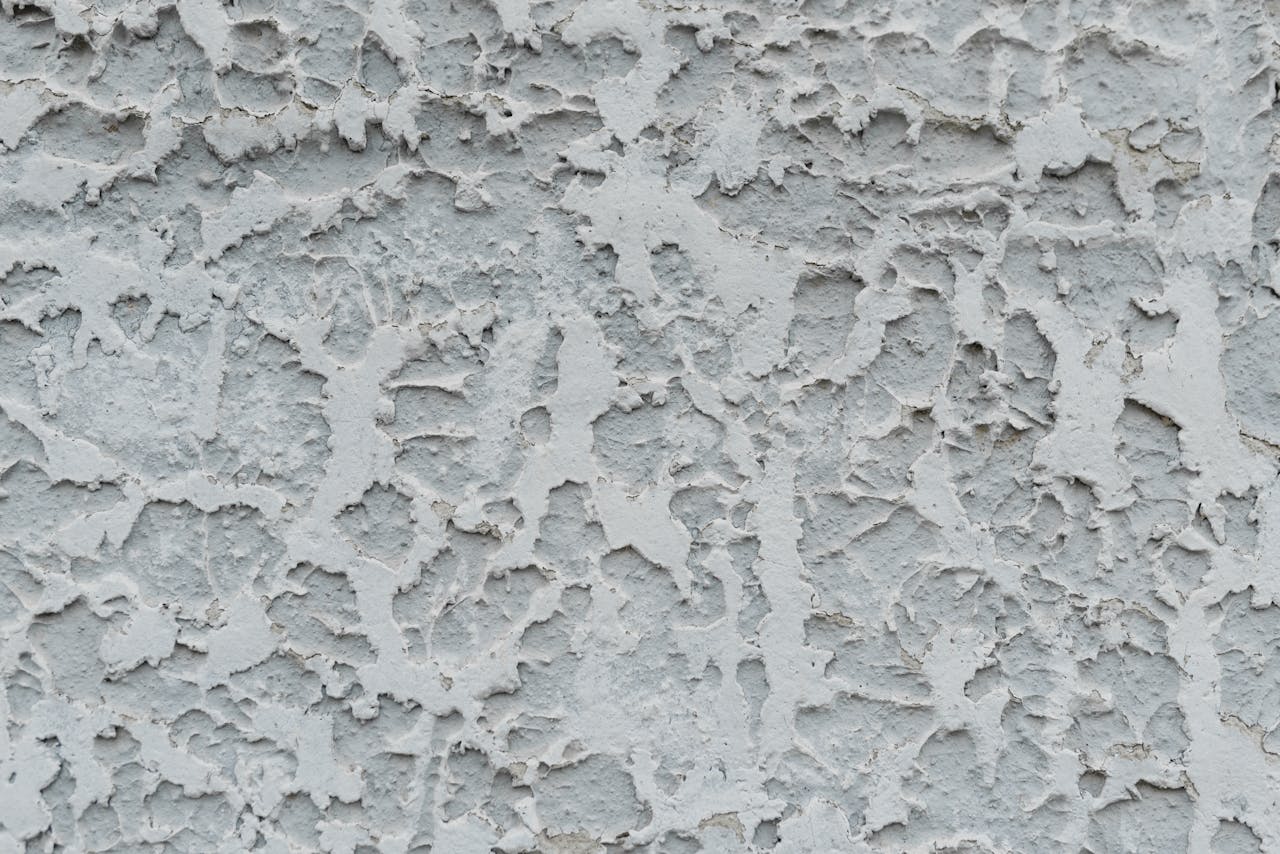
5 Uses Of Gypsum In Construction
Gypsum, a naturally occurring mineral, is a versatile material critical in modern construction. Known for its exceptional properties, such as heat resistance, moisture preservation, sound absorption, and fireproofing, gypsum is indispensable in various building applications. This blog explores 5 uses of gypsum in construction and its benefits.
.
- Drywall and Partition Systems
One of the most common uses of gypsum in construction is producing drywall, also known as gypsum board or plasterboard. Drywall is used to create interior walls and ceilings. It provides a smooth surface for painting and wallpapering and is quick and easy to install. Gypsum boards are also used in partition systems to divide spaces in commercial and residential buildings, providing a cost-effective and efficient way to alter interior layouts.
Benefits
Fire Resistance: Gypsum contains water in its mineral structure, which helps to retard fire spread.
Sound Insulation: Gypsum boards offer good acoustic properties, reducing room noise transmission.
Ease of Installation: Lightweight and easy to cut and shape, making installation faster and less labour-intensive.
- Plaster and Finishing Materials
Gypsum is a key ingredient in various types of plaster used for interior wall finishes. It provides a smooth, aesthetic finish that can be painted or decorated as desired. Gypsum plaster is also used for surface finishing and as a base for decorative elements.
Benefits
Smooth Finish: Provides an excellent base for paint, wallpaper, and decorative textures.
Moisture Regulation: Helps to regulate humidity in buildings, contributing to a more comfortable indoor environment.
Durability: This creates a durable surface less prone to cracking than traditional cement plaster.
- Gypsum Concrete
Gypsum is used to manufacture gypsum concrete, particularly valuable in floor underlayment applications. Gypsum concrete is a lightweight, fast-setting material that provides a level and stable base for floor coverings.
Benefits
-Leveling: Ideal for levelling uneven floors and providing a smooth surface for final floor coverings.
-Thermal Mass: Helps in moderating indoor temperatures by storing and releasing heat.
-Quick Setting: Reduces construction time due to its quick-setting properties.
- Decorative Elements
Gypsum is extensively used to create various decorative elements such as cornices, mouldings, and ceiling roses. These elements enhance the aesthetic appeal of interior spaces and can be crafted in intricate designs.
Benefits
-Aesthetic Appeal: Allows to creation detailed and attractive decorative features.
-Customisable: Can be moulded into various shapes and designs to suit different architectural styles.
- Lightweight: Easier to install compared to heavier materials like stone or wood.
- Fireproofing
Gypsum’s fire-resistant properties make it an essential component in fireproofing applications. Gypsum boards and plasters help to protect structural elements from fire damage, providing critical safety benefits.
Benefits
-Fire Protection: Helps to contain and slow the spread of fire, protecting the building structure and occupants.
-Safety Compliance: Meets building codes and regulations for fire safety in construction.
Gypsum’s unique properties make it a cornerstone in the construction industry. From drywall and plaster to decorative elements and fireproofing, gypsum’s versatility and effectiveness are unmatched. Its use enhances buildings’ structural integrity and safety and contributes to their aesthetic and functional qualities.
For top-quality gypsum products and expert installation services, Carnegie Industries is your first call. For two decades, we have dedicated ourselves to providing the best materials and solutions for all construction needs. Contact us today to learn how gypsum can benefit your next building project.




